At the S AM, ‘Homo Urbanus’ unfolds as a dérive through different space-time sequences at the rhythm of a continuously rearranging urban symphony.
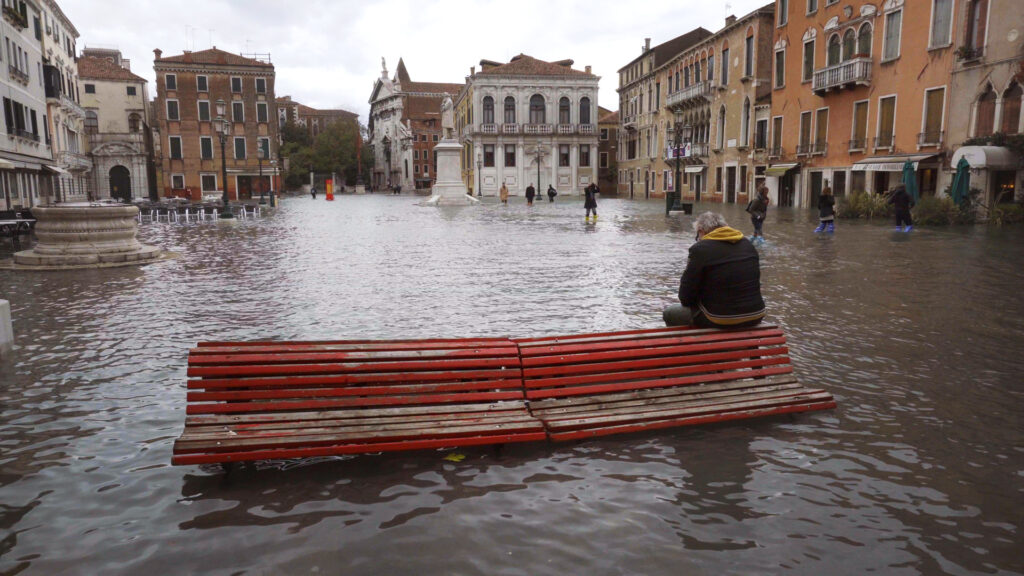
From April 1 until August 27, 2023, the S AM Swiss Architecture Museum presents the exhibition ‘Homo Urbanus – A Citymatographic Odyssey by Bêka & Lemoine.’ With their seminal debut film, ‘Koolhaas Houselife’ (2008), Bêka & Lemoine wittily disrupted the codes of architectural representation by portraying a built masterpiece through the daily routine of its housekeeper. Since then, the films of Ila Bêka and Louise Lemoine have continued to investigate how people relate to space: how they inhabit it, how they appropriate it, and how they shape it. Their extensive and still ongoing film project ‘Homo Urbanus’ depicts the peculiar species of the urban dweller by exploring the daily life of ten world cities.
Practical info
„Homo Urbanus – A Citymatographic Odyssey by Bêka & Lemoine“
April 1 – August 27, 2023
S AM Swiss Architecture Museum
Steinenberg 7, 4051 Basel
Switzerland
The unconventional cinematic pieces that result reveal how even a simple gesture can spark wonder and hint at the silent rules that govern our societies. Shot with sensorial vitality and unusual proximity, these films question how the built environment affects human behavior by framing, ordering, and directing the way we collectively make use of space in the city. Sensitive and sharp observers, Bêka & Lemoine devote particular attention to moments of vulnerability, exposing fragilities and tensions, as well as our remarkable ability to adapt to an environment in which power, efficiency, and competitiveness are increasingly dominant values. The program accompanying the exhibition investigates this aspect further by exploring different degrees of freedom in public space.
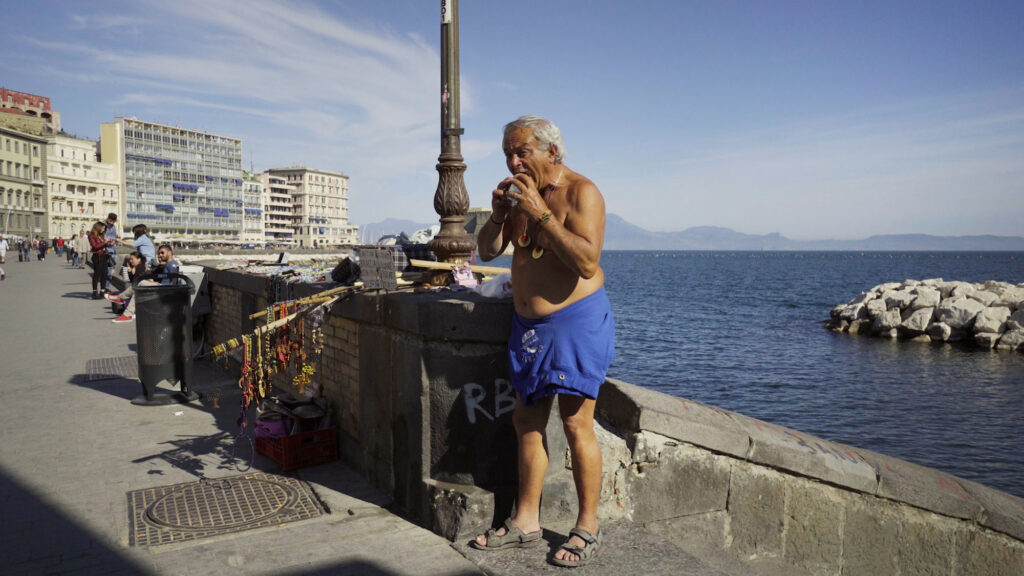

Following the same notion of spontaneous encounters that guided the making of these films, the exhibition is an invitation to experience the city as an unpredictable organism in perpetual movement and metamorphosis. A unique setting, meant as a living homage to the grand stage of public space and its anonymous protagonists.
he exhibition is structured around a double visual setting that builds up two distinct ways of seeing. This first room is committed to the analytical view taken by photography, while the adjacent screening rooms are dedicated to the sensory experience of film and invite the viewer to be carried away by the immersive and emotional nature of cinema.
In the first room, a selection of still images from the ten films is lined up like an editing timeline. This composition establishes an artificial link between people, gestures, and situations that come from distant places and times. This room also integrates an interview (29 min.) with the filmmakers into the
exhibition. In this self-produced interview, Ila Bêka and Louise Lemoine ironically hijack the codes of classic journalism by turning the microphone towards themselves. Throughout this conversation, they try disarming each other with uncomfortable questions about the ‚Homo Urbanus’ project that journalists would probably not dare to ask.
The other museum rooms are entirely dedicated to the ten cities featured in the ‘Homo Urbanus’ series. The ten films are a lively tribute to what we have sorely missed in a time marked by isolation and social distancing: public space. The S AM becomes a movie theater: four looped projections present the ‘Homo Urbanus’ films. A range of seating options within the darkened space offers the opportunity to lose oneself in the films.
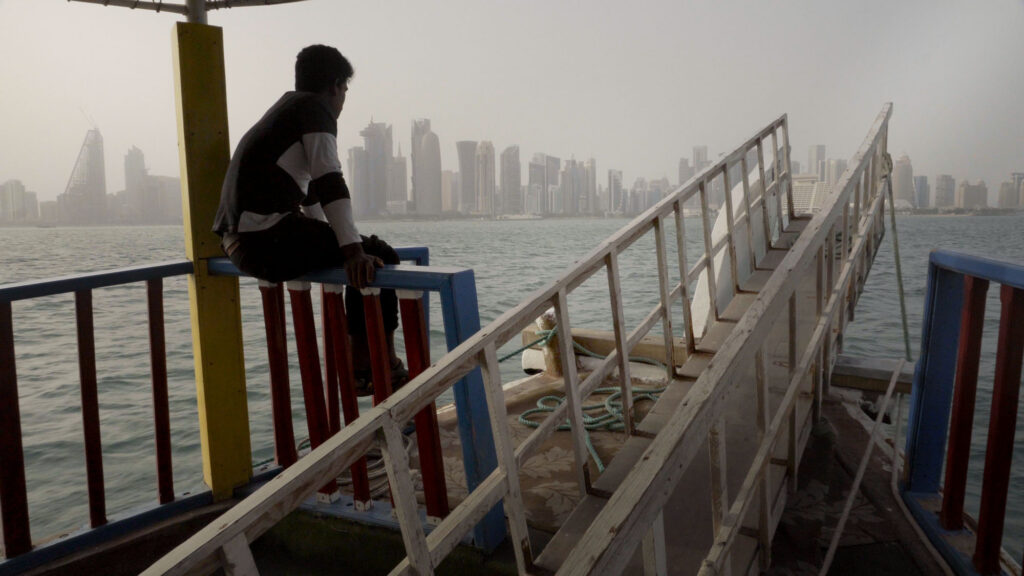
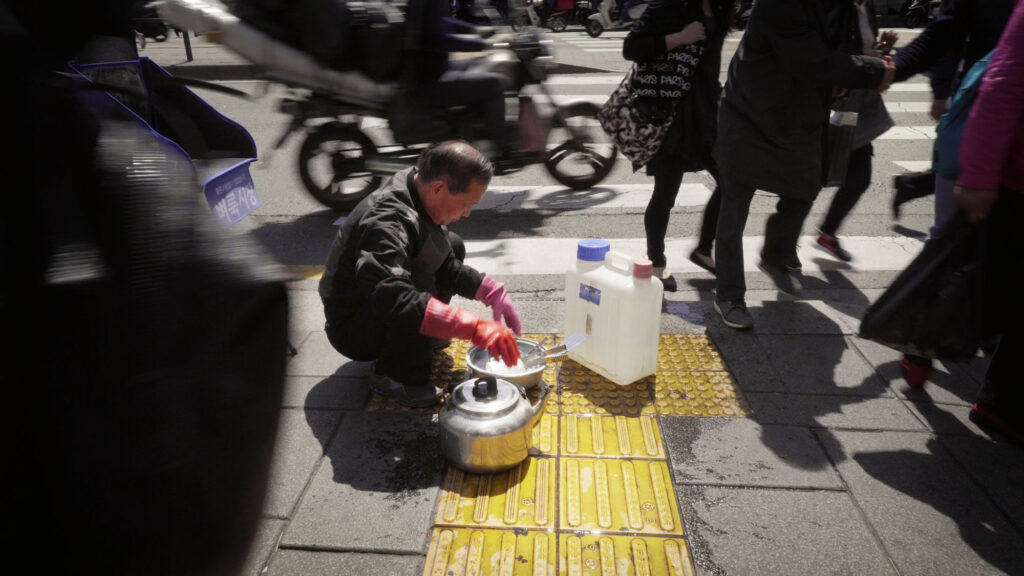
In the exhibition at the S AM, the distinct sounds and rhythms of the ten world cities will be audible simultaneously by allowing the individual projections to acoustically overlap and blend into one another. This creates a constantly renewing cacophony of the big city – the roar the world – as if we were listening to the earth from space. This simulation of a sort of global public realm also intentionally creates a kind of
jet lag: everything seems the same and yet different.
Visitors to the exhibition encounter predictable stereotypes as well as unexpected events in ‘Homo Urbanus.’ Amid this urban adventure, Bêka & Lemoine demonstrate an investigative sense of detail and are patient observers who attempt to decipher the choreography that surrounds them: In Saint Petersburg they spontaneously follow a lady in a fur coat, in Tokyo they observe the fate of a lost orange, in Bogotá they are attracted by a figure in a red raincoat, in Shanghai they encounter a man walking backwards, and in Doha they accept an invitation aboard a rhapsodic dance boat.
Why is the S AM focusing on ‘Homo Urbanus’?
“In 1748, Giambattista Nolli completed his influential plan of Rome, in which he mapped out the built city in black and the public spaces in white. This revealing yet binary image and understanding of our urban environment gradually disintegrates when viewing Bêka & Lemoine’s ‘Homo Urbanus’ series. We recognize: There is no black and white, but countless gray areas that the urban dweller shapes through an endless variety of uses and behaviors,” explains Andreas Kofler (S AM), curator of the exhibition.
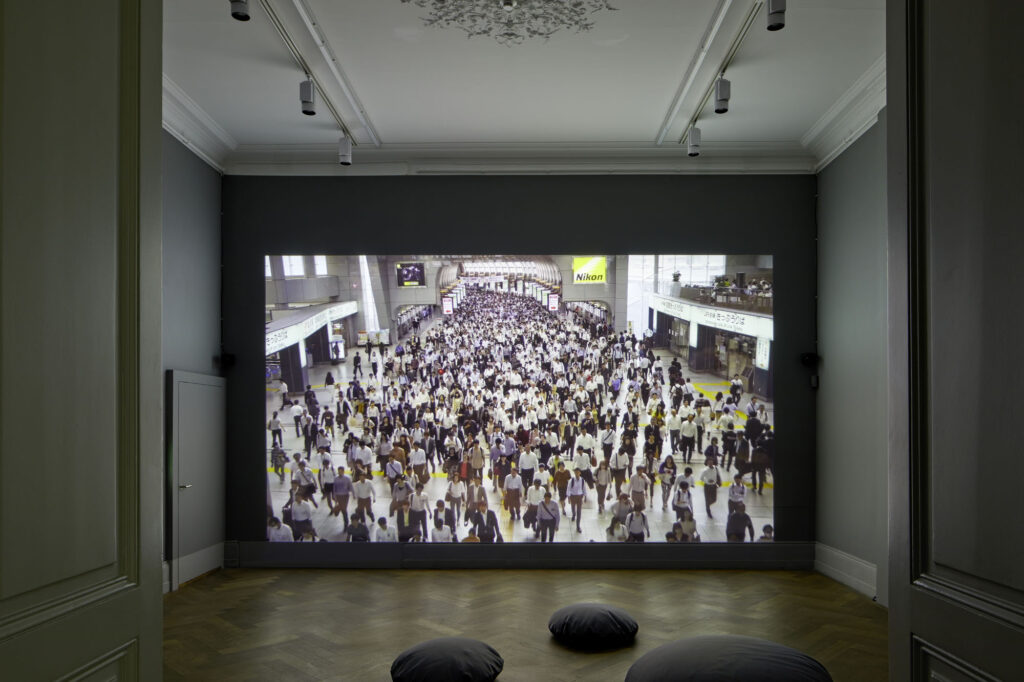
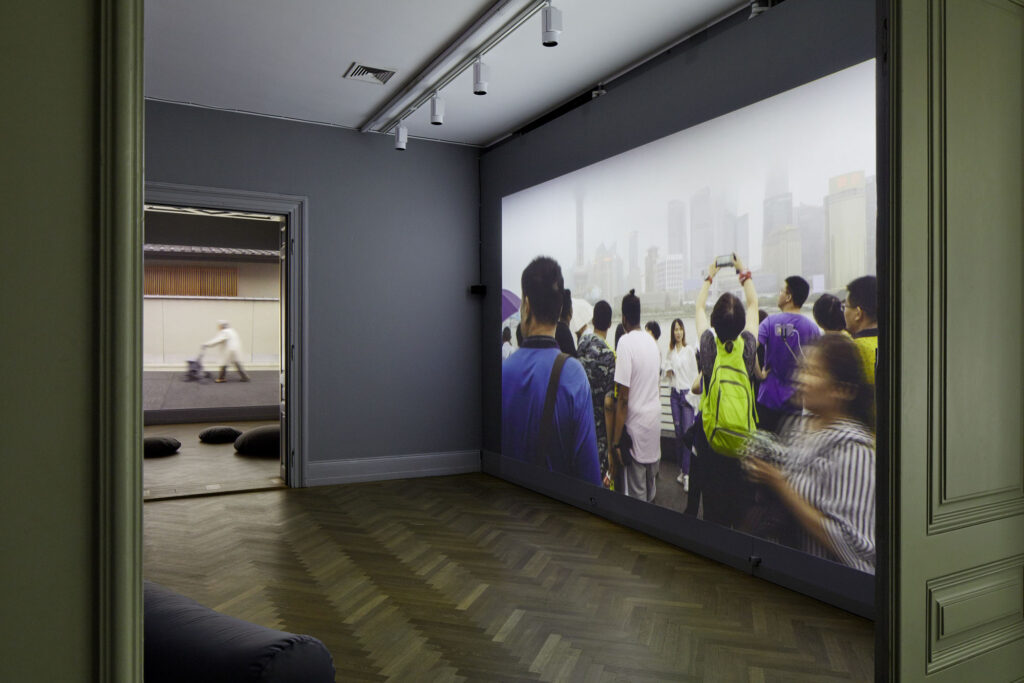
Ila Bêka and Louise Lemoine allow us to observe and study urbanites in detail by directing the camera and the microphone at them and their habits. And they do so in a way we usually know only from documentaries about nature and wildlife. In this way, we recognize that people’s behavior in public space is highly differentiated: they can be joyful and social, but also apathetic and indifferent. Ultimately, it is the form of public space that causes or even latently predetermines these behaviors. In this regard, Bêka & Lemoine quote Winston Churchill: “We shape our buildings and afterwards our buildings shape us.” Indeed, urban space can be inviting and poetic, but also inhospitable and frenetic.
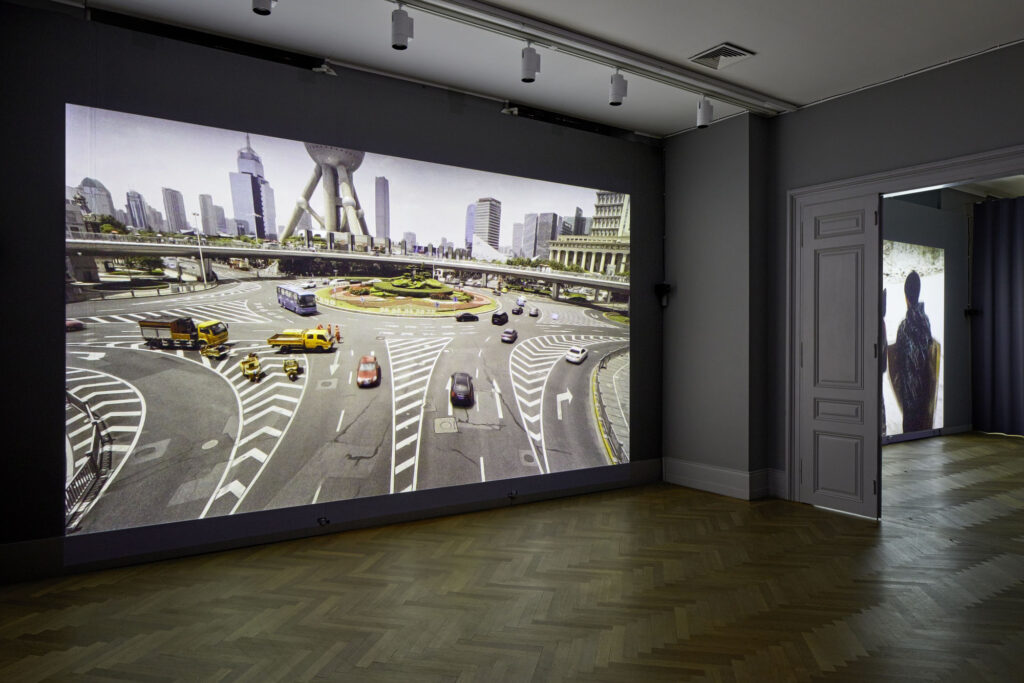
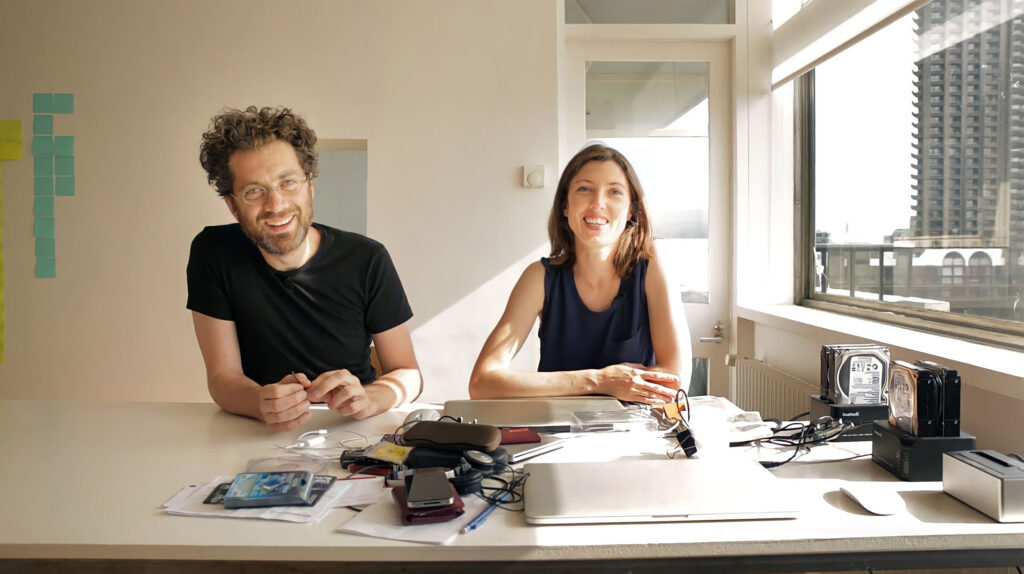
The S AM exhibition dedicated to the ‘Homo Urbanus’ series takes visitors to ten world cities: Bogotá, Doha, Kyoto, Naples, Saint Petersburg, Rabat, Seoul, Shanghai, Tokyo, and Venice. It is not only an open invitation to observe the human being as an urban creature, b

